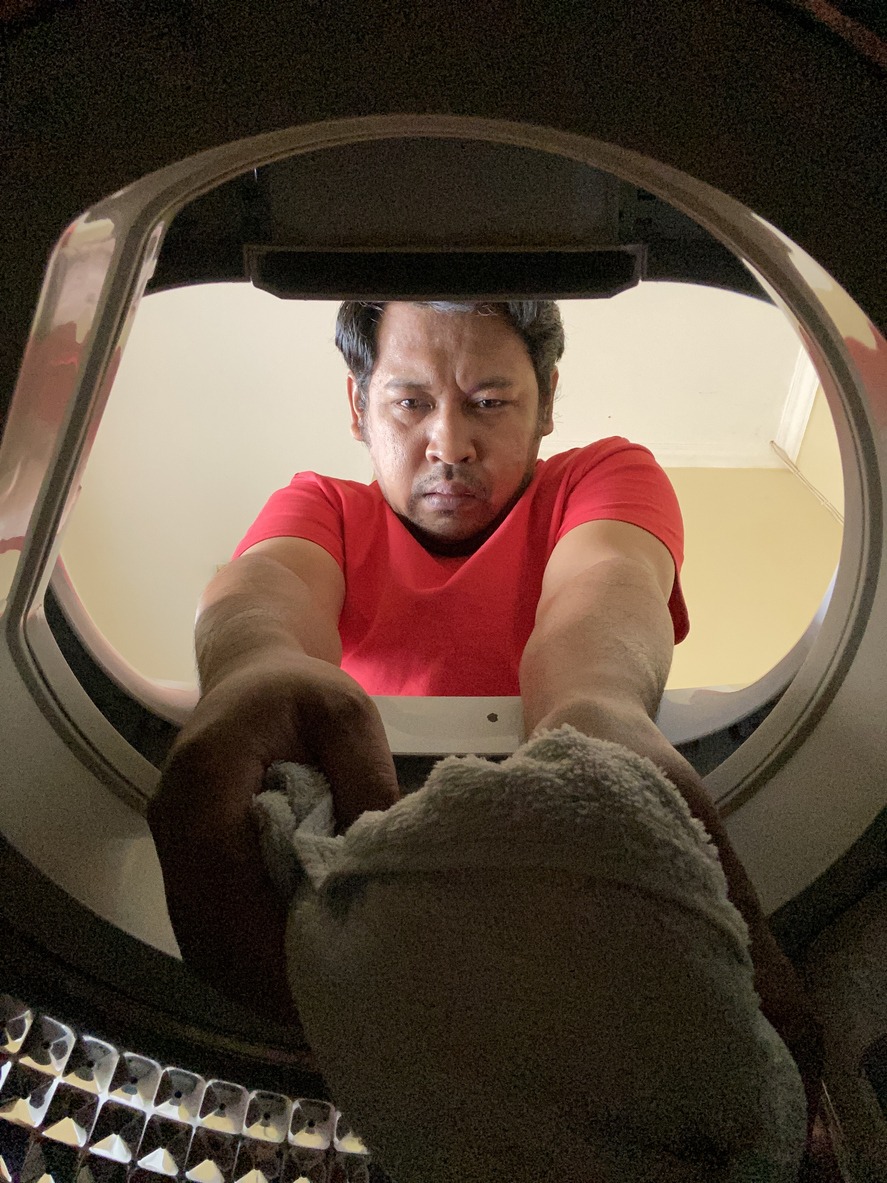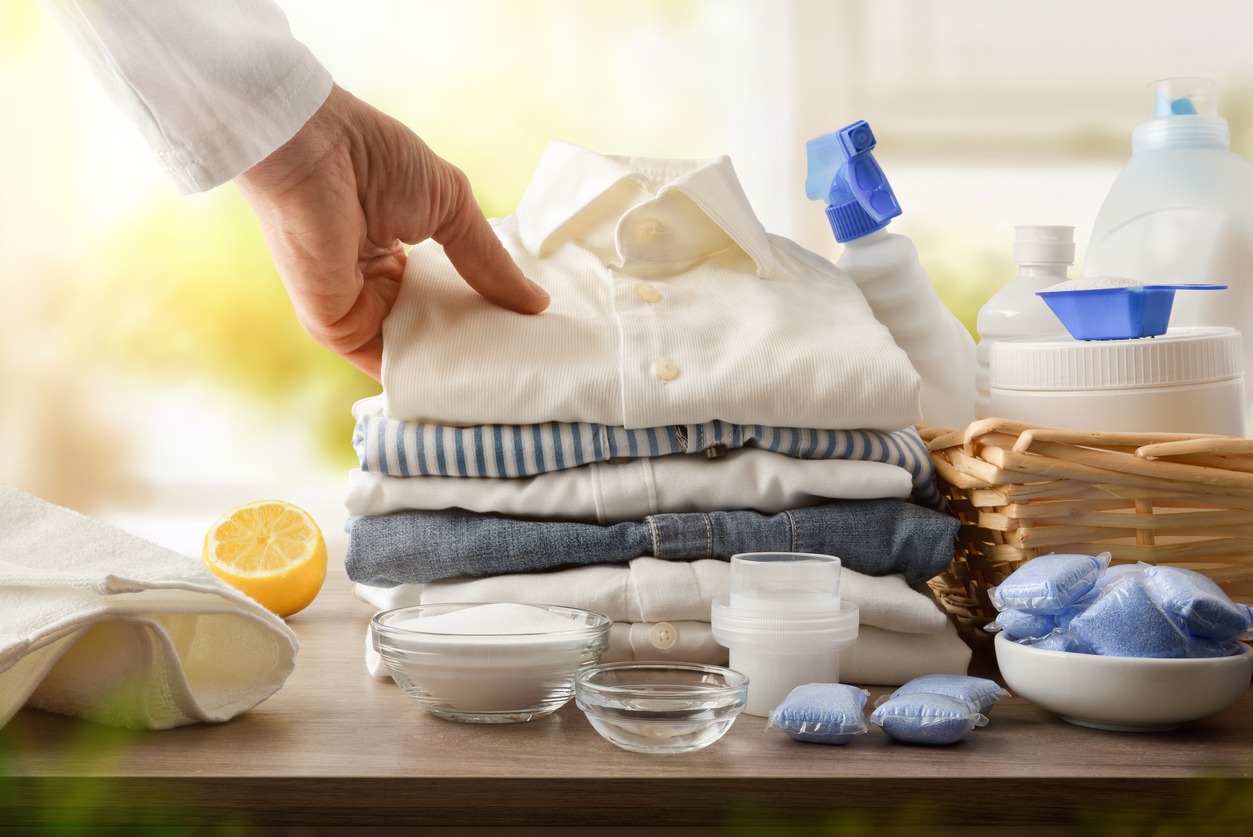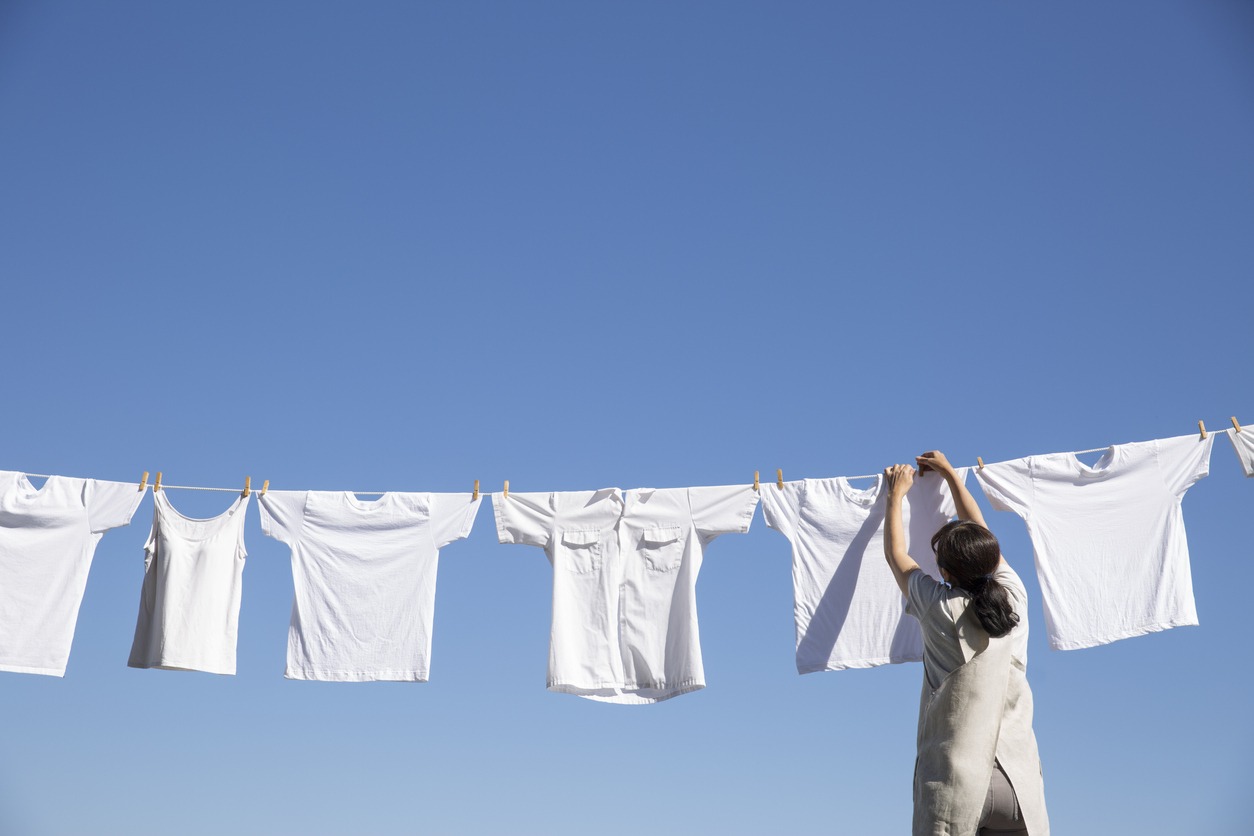Even though throwing clothes into a washing machine, adjusting the settings, and letting the machine do its thing is the most common way to clean clothes, this is by no means the only method that can be used. There are still people living in the United States who choose not to use electricity, such as Amish people, and who continue to launder their clothing regularly using methods that require manual labor.
In the event of a power outage or other crisis in which electricity is rendered unavailable, knowing some of these methods could prove to be of great assistance. The average person’s grandparents and great-grandparents probably did not have as many articles of clothing as they do today. One possible explanation for this is that they are simple to clean. It was much more difficult to launder clothing in previous generations, so having fewer articles of clothing was an advantage.
Even though electrical machines are the most common type of machine used today, manual washing machines and other items are still available for purchase for those who require them or desire them. Think about some of the possibilities; it might be a good idea to make an investment in a manual method of cleaning clothes just in case you end up needing to use it.
The Basic Elements of Laundry
Water, soap, and movement are the three things that are necessary to get clothing clean. The water in electric washing machines can be hot, warm, or cold; the soap can be almost anything; and the movement is typically agitation in top-loading models and rotation in front-loading models.
The temperature of the water can also vary. It is best to use very hot water when doing the laundry by hand or in a manual washing machine of any kind. The temperature of the water should be as high as is practical. When washing with one’s hands in the water, the temperature of the water needs to be lower than when using a washing machine of some kind. You can choose to make your soap or buy it at the store.
When making soap at home, it’s common to combine borax and baking soda or something similar. Most soaps can indeed be used to clean clothes, but some soaps are more effective than others, and some soaps rinse out more easily than others. Because of this, it’s a good idea to test your preferred soap on a piece of clothing that’s not too important.
Ways to Wash Clothes (Non-Electric)
1. Washboard
In addition to the more traditional materials of wood and metal, one can also find modern versions made of silicone. They are even sold with decorative artwork so that when they are not being used, they can serve as an attractive addition to the interior of a home.
Washboards perform a function that is analogous to that of the bucket and brush option. You will apply your soap directly to your washboard, and then optionally to the areas of your clothing that are the dirtiest, as opposed to soaking your dirty clothes in soapy water first.
One difference is that this method does not involve soaking your dirty clothes first. After that, you will work your clothes by “scrubbing” them up and down on your washboard until you have completely washed the entire garment or until you are satisfied that you have touched the dirtiest parts of the garment. After you have placed it in the water to be rinsed, you will be able to move on to the next item in your bucket. To assist in the removal of stains, you could try soaking particularly dirty items for the entire night.
2. Plunger
There are two primary iterations of this choice to choose from. One of them is designed to look exactly like a toilet plunger, and some people do use toilet plungers—albeit brand-new ones. To use this method, first, place the plunger or wand on top of your clothes in the bucket containing water and laundry detergent. Then, to begin the process of washing and cleaning your clothes, push down and pull up on the plunger or wand in alternating motions.
This motion is a simulation of the agitation that is produced by a conventional top-loading electric washing machine. When you choose this option, rather than bending over to “agitate” the clothes, you do it while standing up. This is one of its advantages. The plunger and the wand are both easily transportable and do not weigh much. The shovel-like handle on the wand, which is made of plastic, minimizes the amount of bending that is required on your part. However, you will still need to squeeze the water out of your clothes by hand.
One advantage that the wand has over the conventional plunger is that it is designed with holes in the cone that push and suction the water, resulting in a more comprehensive cleaning. This can be seen in action in the image to the right. The cone that is attached to the wand is superior because it has a mesh grate on the bottom. This grate prevents clothing from falling into the cone area, which in turn allows for greater circulation of water and air.
3. Hand-Cranked Washing Machine
A washing machine that is turned by hand generates its power and does not require electricity. Instead, you will turn a crank, which will in turn the drum that will clean your clothes. The operation of a hand-cranked washing machine is as straightforward as it gets. Simply place your dirty laundry in the washing machine along with the normal amount of detergent and water. Close the cover, then begin turning the crank. You’ll need to manually operate the machine for between two and five minutes.
Use the hose and the bucket to remove all of the water from inside the washing machine. You can dry the clothes by switching to the drying mode on the dryer. Performing this action typically entails repositioning the crank handle into a different position; however, there are hand crank washing machines that operate differently.
After that, crank it again for a few minutes to get rid of any additional water that may be in the drum as well as on the clothes. You will need to remove all of the water from the machine once more. Your clothes ought to be clean at this point. You will only need to hang them so that they can dry.
4. Foot-Cranked Washer
A washing machine that is powered by pedaling operates in a manner that is comparable to that of a conventional machine. The clothes are agitated in the detergent using a drum, and then the soapy water is drained away using a drain. This process is repeated once more for the rinse cycle, after which the clothes are dried. This portable washer requires no electricity to operate, takes up very little space, and can clean approximately 5 pounds of laundry in approximately 10 minutes. A foot pedal is used to power the agitation, and the machine also has a spin cycle that helps remove excess water from the clothing that has been cleaned. Those who do a lot of traveling will appreciate how convenient it is to transport anywhere.
5. Wringer Washer
The wringer washing machine is an older model of washing machine that cleans clothes by using a process that involves spinning and pressing on the garments to be cleaned. Typically, the machines will consist of a system that consists of two basins and a roller press. The earliest models needed to be manually turned to function. This model of washer enjoyed widespread use in the United States in the decades immediately following World War II. In today’s times, people refer to them as the “Amish Way,” and many Amish households power their wringer washers with diesel generators. In addition, the Amish community is known for its simplicity. They operate in a manner analogous to that of a conventional washing machine, with the exception that they come equipped with a separate wringer accessory.
Preparedness enthusiasts can learn how to do laundry without the use of electricity from the practices of the early settlers, the Amish, and even their great-grandmothers. In days gone by, people did their laundry by hand because they did not have access to modern conveniences such as washing machines or dryers. If they were able to do it, so can you.


